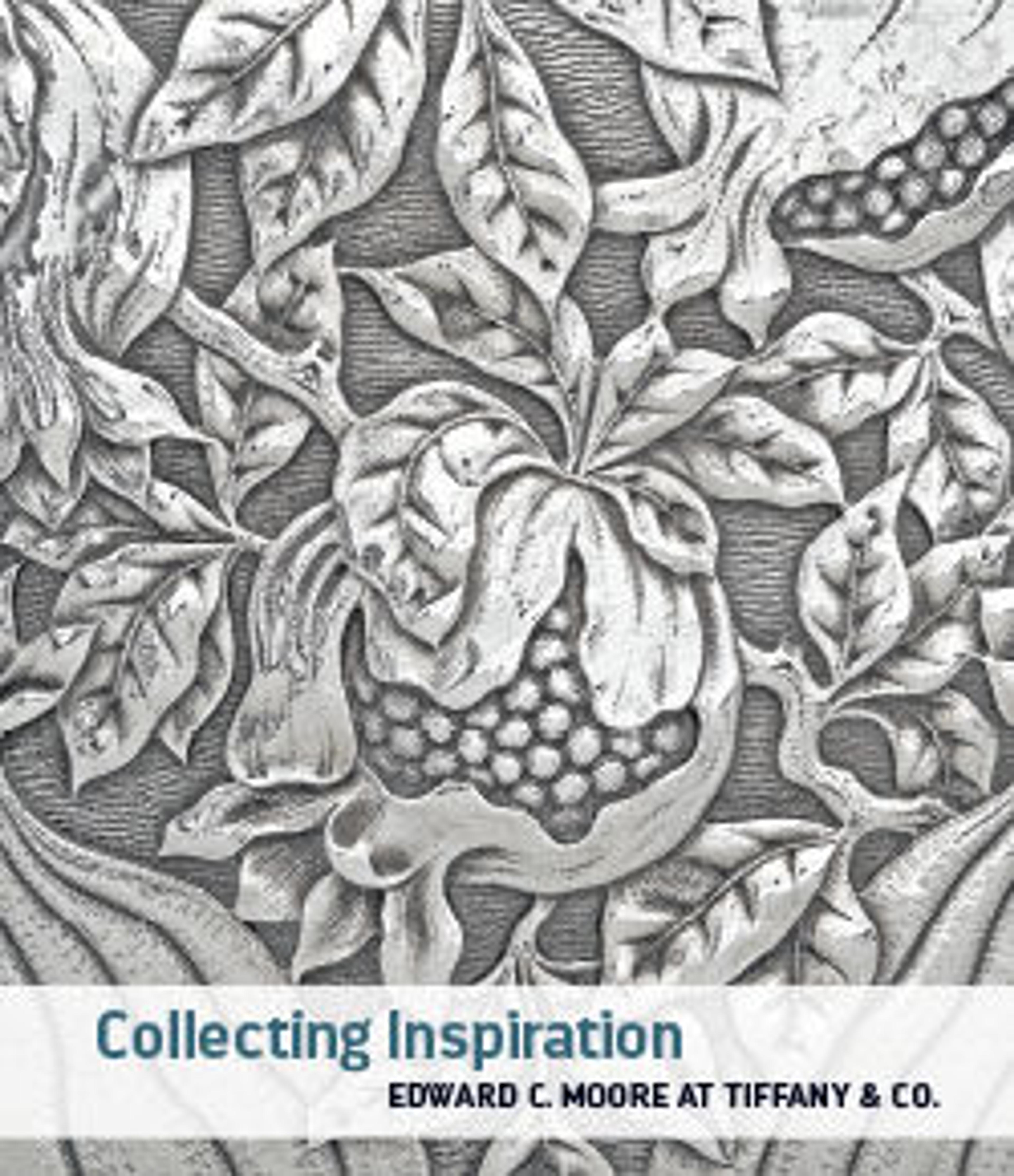Fragment
This textile fragment features a pattern with a stylized fence or lattice and moonflowers (yūgao; literally, “evening faces”) of various colors against a white ground. Originally, it may have been part of a Noh theater costume.
The moonflower plays a role in chapter 4 of The Tale of Genji, “The Lady of the Evening Faces.” Collecting textile samples as a kind of visual dictionary of motifs and a resource for technical analysis was common among Western collectors in Moore’s era.
The moonflower plays a role in chapter 4 of The Tale of Genji, “The Lady of the Evening Faces.” Collecting textile samples as a kind of visual dictionary of motifs and a resource for technical analysis was common among Western collectors in Moore’s era.
Artwork Details
- Title:Fragment
- Period:Edo period (1615–1868)
- Date:18th century
- Culture:Japan
- Medium:Twill-weave silk with brocading in silk and supplementary weft patterning in silk (karaori)
- Dimensions:Overall (a): 12 1/4 x 11 1/4 in. (31.1 x 28.6 cm)
Overall (b): 11 x 9 1/4 in. (27.9 x 23.5 cm)
Overall (c): 11 x 8 1/4 in. (27.9 x 21 cm)
Overall (d): 11 1/2 x 2 1/4 in. (29.2 x 5.7 cm)
Overall (f): 31 x 11 in. (78.7 x 27.9 cm) - Classification:Textiles-Woven
- Credit Line:Edward C. Moore Collection, Bequest of Edward C. Moore, 1891
- Object Number:91.1.68a–d, f
- Curatorial Department: Asian Art
More Artwork
Research Resources
The Met provides unparalleled resources for research and welcomes an international community of students and scholars. The Met's Open Access API is where creators and researchers can connect to the The Met collection. Open Access data and public domain images are available for unrestricted commercial and noncommercial use without permission or fee.
To request images under copyright and other restrictions, please use this Image Request form.
Feedback
We continue to research and examine historical and cultural context for objects in The Met collection. If you have comments or questions about this object record, please contact us using the form below. The Museum looks forward to receiving your comments.
